News
The femtech pioneers making headlines this year

This year seems to have been a pivotal moment for the femtech market, with some experts predicting it to be worth US$60bn by 2027.
What started off with period tracking apps has developed into a lucrative industry, tapping into what has traditionally been a somewhat neglected field of healthcare. While medical expenses attributed to women amount to approximately US$500 billion per year, only four per cent of healthcare R&D is targeted at women’s health issues.
Added to this a global pandemic, where we’ve all struggled to see a healthcare provider face-to-face, and it appears women are taking their healthcare into their own hands.
From fertility trackers to breastfeeding and menopause support, 2021 has been the year of femtech – with 2022 looking set to bring more of the same. Here are some of 2021’s femtech headline makers…
Health and reproductive care
Start-up Hertility Health raised £4.2m in seed funding earlier this year to help grow its hormone and reproductive health-related product range.
The funding will help the firm expand its current product offering of fertility and hormone testing, along with menopause, miscarriage, postnatal care, polycystic ovarian syndrome and endometriosis testing.
It will also support the expansion of its current clinical trials, which aim to reduce the diagnosis time for some of the most common reproductive conditions.
Hertility Health helps women to understand their reproductive health and infertility risks, working with experts to provide personalised care pathways for all aspects of women’s health, including symptom management, egg freezing and IVF.
It was founded by female scientists while on maternity leave and launched during lockdown last year, as demand surged for remote and accessible help as a result of the pandemic.
Hashimoto’s disease
Hashimoto’s disease is a condition with nearly 500 million sufferers worldwide.
It affects the thyroid, which is responsible for hormones by regulating the processes in the cells of almost all systems in our body, such as immune, endocrine, digestive, nervous and reproductive.
Diagnosis can take up to eight years as there are thought to be 45 different symptoms, and women are five to eight times more likely to suffer than men.
One of these women is Eva Galant, founder and CEO of Hashiona, an app that helps sufferers to change their daily habits and put the disease into remission.
The app was launched last year and has already attracted more than 10,000 users, mainly women, suffering from Hashimoto’s disease and thyroid-related conditions.
Its interactive design contains videos, infographics, articles and tests, all designed to help achieve remission in 20 weeks.
Periods and exercise
In 2019, Olympian Jessica Ennis-Hill launched Jennis, a fitness app to help women perform safe post-natal workouts.
In 2021, the app added a cycle-mapping function, which helps amateur exercise fans train, eat and sleep in patterns that work with their hormonal cycles.
Recommendations are varied across the four phases of a menstrual cycle, as this helps to create more efficient training programs, lean muscle gains and increased energy levels.
Jessica said: “By making it easier for women to understand their cycles, I want to help women all over the world feel better, train better and understand their bodies better. That’s a legacy I will be really proud of.”
Conception support
Femometer is a Chinese-based firm that has developed a number of smart devices for women’s health and wellbeing.
Its first product was a basal thermometer, which can act as a natural contraception method or help women who are trying to conceive, followed in 2019 by Femometer Ivy, which monitors luteinizing hormone (LH) levels, to help women determine when they are ovulating.
Earlier this year, the company launched Lilac, which it claimed was the first smart Kegel exerciser on the market to help women strengthen their pelvic floor muscles.
The silicon device has 360-degree pressure detection and connects via Bluetooth to the user’s smartphone, providing real-time biofeedback through the Femometer app.
Increasing representation
In April, Bristol-based innovation and product development agency, Kinneir Dufort (KD), launched an initiative called XXEquals, the UK’s first mostly female team designing products for women across the consumer, industrial and medical markets.
Around half of the world’s population is female and women buy 85 per cent of household products, yet data shows only five per cent of the product and design industry is female.
Inspired by the growing need to design more female-focused products in the femtech space, XXEquals is working on projects including smart femcare solutions which monitor and diagnose women’s health conditions, digital ecosystems delivering personalised health and wellness solutions for women and voice recognition software.
The agency has previously developed women-centred products including a breast scanning bed and a device to increase success during IVF.
News
NHS health checks to include menopause questions for the first time
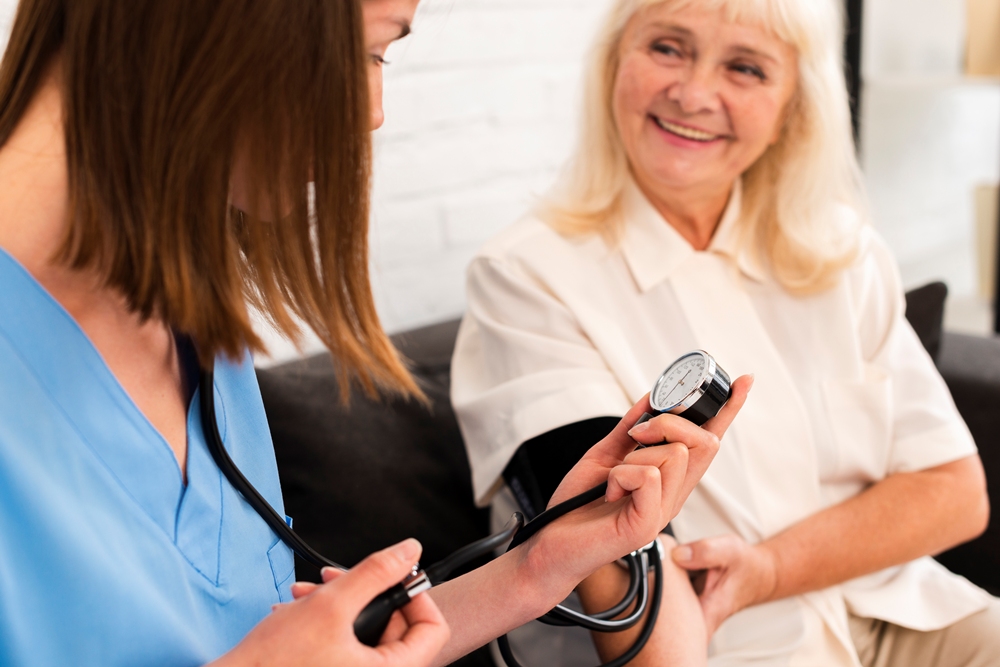
NHS health checks will include questions about menopause for the first time, a move ministers say could help up to five million women in England.
The Department of Health and Social Care said the new questions, to be developed over the coming months, could be introduced from 2026.
Adults aged 40 to 74 without long-term conditions are eligible for these free checks every five years.
The checks currently screen for heart and kidney disease, type 2 diabetes, dementia and stroke risks.
Adding menopause questions marks what health secretary Wes Streeting described as giving women “the visibility and support they have long been asking for.”
Streeting said: “Women have been suffering in silence for far too long.
“They are left to navigate menopause alone, with very little support – all because of an outdated health system that fails to acknowledge how serious it can be.
“No one should have to grit their teeth and just get on with what can be debilitating symptoms or be told that it’s simply part of life.”
Around three-quarters of women experience symptoms such as hot flushes, night sweats, depression and sleep problems.
One in four describe their symptoms as severe.
National Institute for Health and Care Excellence guidance recommends hormone replacement therapy (HRT) as the first-line treatment. HRT can also help maintain muscle strength and reduce the risk of osteoporosis, where bones become weak and brittle.
Despite this, many women say they are not listened to or offered adequate support.
Dr Sue Mann, NHS England’s national clinical director for women’s health, said: “By tailoring NHS health checks to include questions around menopause, we hope more women will get the support they need to manage their symptoms.”
Experts welcomed the move but cautioned that access inequalities remain.
Professor Ranee Thakar, president of the Royal College of Obstetricians and Gynaecologists, called it “fantastic news” that could help reduce stigma, but said implementation would be key.
“For this change to have maximum positive impact we’d like to see a real focus on ensuring women from diverse ethnic communities and socially deprived areas are supported to access health checks, and excellent menopause training for healthcare assistants providing them,” she said.
Kate Muir, author of Everything You Need to Know About the Menopause (But Were Too Afraid to Ask), said: “This is desperately needed, particularly to provide evidence-based information for women on the benefits of HRT. GPs’ appointments are a perfect way to get knowledge into all communities.
“We know from NHS statistics that 23 per cent of white menopausal women are on HRT, but only 5 per cent of black and 6 per cent of Asian women.
“This may open doors.”
Janet Lindsay, chief executive of Wellbeing of Women, added: “Women and people from marginalised communities are less likely to know about or attend these [health checks], and progress on menopause support cannot leave them behind.
“Healthcare professionals must work with grassroots organisations in these communities to ensure those facing additional barriers receive the tailored care they need.”
Mental health
Timing is everything: What AI need to learn about HRT and brain health
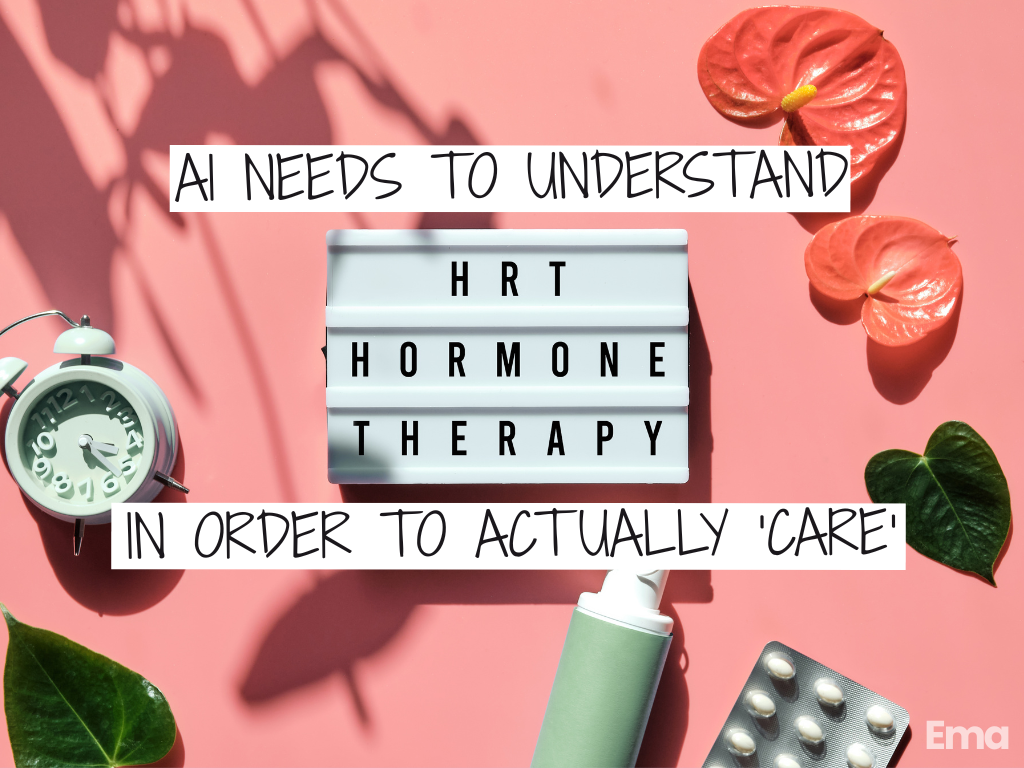
By Morgan Rose, CNM, WHNP-BC, and Dr Kudesia, triple board-certified in Reproductive Endocrinology & Infertility (REI), Obstetrics & Gynecology, and Lifestyle Medicine
The timing of when women start hormone replacement therapy (HRT) may matter more than we ever understood.
The “critical window” for starting HRT isn’t just relevant to brain health; timing has also been shown to shape cardiovascular outcomes.
Early analyses of the landmark WHI trial missed this nuance, including women long past menopause and obscuring benefits seen in those who begin therapy sooner.
Recent research presented at the American Neurological Association Annual Meeting found that women who began HRT within five years of menopause had a 32 per cent lower risk of developing Alzheimer’s disease.
Yet those who started HRT more than five years after menopause showed higher levels of tau proteins, a hallmark of Alzheimer’s, in their brains.
This “critical window” concept challenges the one-size-fits-all model of menopause care. It suggests that when we start HRT, it can be just as important as whether we start it.
Researchers at Mass General Brigham found similar patterns: women who began HRT near the onset of menopause did not show increased Alzheimer’s risk, while those who experienced early menopause with longer lifetime estrogen deprivation faced a higher risk overall.
Why Timing Matters
Women face roughly a 1 in 5 lifetime risk of Alzheimer’s disease, compared to 1 in 10 for men of the same age. The sharp drop in estrogen during menopause may help explain that gap.
Estrogen supports energy production, blood flow, and inflammation control in the brain functions that wane as levels decline.
The data suggest that initiating HRT earlier (around perimenopause or early menopause) may preserve some of these neuroprotective effects, while starting too late could heighten risk once neurodegenerative changes have already begun.
One meta-analysis showed that HRT begun soon after menopause reduced Alzheimer’s risk by over 40 per cent compared to non-users, while starting after age 60 doubled the risk.
These findings don’t make HRT a blanket prescription; they make it a precision intervention.
The Clinical Nuances AI Must Understand
If AI is going to support menopause care safely and intelligently, it needs to understand the reasons behind the actions.
1. Timing Is a Risk Modifier
“Time since menopause” is not just a demographic; it’s a clinical determinant.
AI systems must understand that the same therapy can carry opposite implications depending on when it’s initiated.
2. HRT Is Not Monolithic
There are multiple formulations, routes, and combinations.
For women who still have a uterus, adding progesterone helps protect the uterine lining and lowers the risk of endometrial cancer that can occur with estrogen-only therapy.
Topical estrogen, which has much lower absorption into the bloodstream, may be appropriate for perimenopausal women who are still having periods or postmenopausal women with a uterus who need targeted relief of vaginal or urinary symptoms.
For example:
- Estrogen-alone therapy can raise the risk of endometrial cancer and is typically not recommended for women with a uterus.
- Topical estrogen, with much lower systemic absorption, may be appropriate for perimenopausal women still having periods.
These distinctions must be explicitly encoded into AI frameworks to avoid oversimplified or unsafe recommendations.
3. Safety Requires Scope and Referral
Complex topics like HRT timing and neuroprotection should always prompt an automatic follow-up:
“Please consult a menopause specialist or clinician (such as one credentialed through the North American Menopause Society) to discuss the risks, benefits, and best options for you.”
AI logic must mirror how clinicians practice by inviting deeper discussion, not replacing it.
From Symptoms to Systems Thinking
We need to move beyond viewing menopause as a set of symptoms to manage, and instead see it as a neurological and metabolic inflection point in women’s lives.
That means:
- Bringing conversations about HRT earlier, during perimenopause, when neuroprotective benefits may still be possible.
- Designing AI systems that recognise context and chronology, not just keywords.
- Making personalised, evidence-based menopause guidance accessible to every woman by cutting through misinformation and connecting her to trusted care.
The Bigger Picture
For too long, women’s midlife health has been under-researched and under-resourced. The result is a data gap, which can quickly become a bias when encoded into AI.
If we want women’s health AI to truly care, it must be trained on data that understands the complexity of hormonal transitions, not just the vocabulary of them.
Because the difference between “now” and “five years from now” can determine whether a woman ages with clarity or confusion.
AI should know that.
And soon, it will.
Dr Kudesia is nationally recognised for her expertise in fertility awareness, lifestyle, and culinary approaches to reproductive health, and her advocacy for reproductive rights.
Diagnosis
Women better protected against early Parkinson’s neurodegeneration, study finds
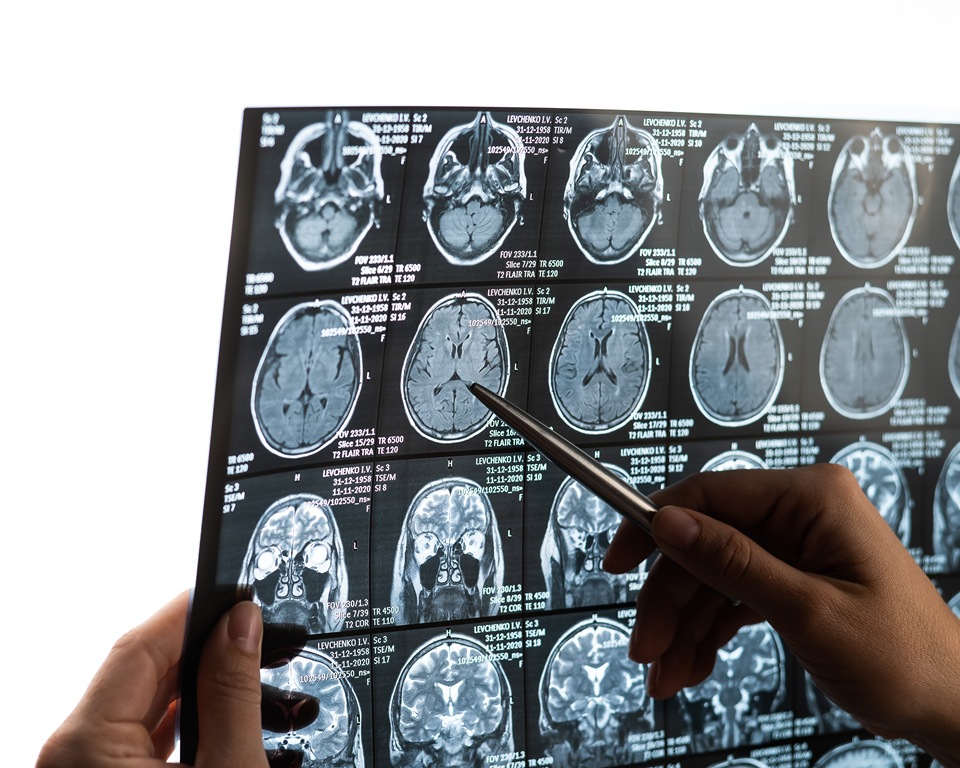
Women with an early precursor to Parkinson’s disease show much less brain shrinkage than men, despite similar disease severity, new research shows.
The discovery could help scientists explore how hormones might one day be used to treat the neurodegenerative condition.
The findings are based on data from nearly 700 participants across nine international research centres.
The study focused on isolated REM sleep behaviour disorder — a condition in which people physically act out their dreams.
It is considered the most reliable early warning sign of diseases caused by toxic protein build-up in the brain.
More than 70 per cent of those affected later develop Parkinson’s disease, Lewy body dementia or multiple system atrophy, which affects several body systems.
Researchers from Université de Montréal analysed 888 brain scans from centres in Canada, the Czech Republic, the UK, France, Australia, Denmark and Italy.
After quality checks, 687 participants were included: 343 patients with the sleep disorder and 344 healthy controls.
The results revealed clear sex-based differences.
While 37 per cent of the cortical areas — the brain’s outer layer responsible for higher functions — showed thinning in men, only one per cent of regions were affected in women.
This difference remained even though participants were of similar age (around 67) and had comparable clinical profiles.
Marie Filiatrault is first author of the study and a doctoral student at Université de Montréal.
The researcher said: “Men show much more extensive and severe cortical thinning — the outer layer of the brain that controls our higher functions — than women, particularly in areas linked to movement, sensation, vision and spatial orientation.”
To understand the protective effect, researchers compared brain images with gene activity in different regions, measured in healthy brains after death.
They found that the less-affected areas in women showed higher expression of genes related to oestrogen function, particularly ESRRG and ESRRA, which produce oestrogen-related hormone receptors.
The ESRRG gene was especially notable, showing greater activity in brain tissue than elsewhere in the body.
These receptors play key roles in mitochondrial function — the cell’s energy production system — and in the survival of dopamine-producing neurons, the cells that die in Parkinson’s disease.
Shady Rahayel is professor at Université de Montréal’s Faculty of Medicine and lead author of the study.
Rahayel said: “This sleep disorder offers a unique window of opportunity to study the mechanisms of neurodegeneration before major motor or cognitive symptoms appear.
“Our results suggest that certain brain areas in women with isolated REM sleep behaviour disorder are better protected than those in men, likely through the action of oestrogens.”
The team chose to study this precursor condition because it allows observation of brain protection mechanisms before major motor symptoms develop.
Although only 25 to 40 per cent of people with Parkinson’s experience REM sleep behaviour disorder, studying this early stage gives insight into how the brain resists damage when it is still limited.
Previous studies have shown that women with established Parkinson’s disease tend to experience slower progression than men, pointing to similar protective effects.
The findings could shape future research and treatment development.
The authors recommend separating men and women in clinical trials, which could improve statistical accuracy and reduce the number of participants required.
The biological mechanisms identified — particularly those linked to the ESRRG gene — could also become potential therapeutic targets.
Early laboratory research suggests that increasing ESRRG activity may protect dopamine-producing neurons from the toxic effects of alpha-synuclein, a protein that builds up abnormally in the brains of people with Parkinson’s.
“This study brings us closer to precision medicine, where treatments could be tailored not only to the disease but also to individual biological characteristics, including sex,” said Rahayel.

 News20 hours ago
News20 hours agoDozens of women report suffering painful burns after using Always sanitary towels

 News2 weeks ago
News2 weeks agoFDA plans to revise black box warning on menopause hormone therapies

 News2 weeks ago
News2 weeks agoAI-powered women’s health companion Nexus launches in UK

 News2 weeks ago
News2 weeks agoScientists turn human skin cells into eggs in IVF breakthrough

 News7 days ago
News7 days agoWomen’s health innovations recognised in TIME’s Best Inventions 2025

 Hormonal health2 weeks ago
Hormonal health2 weeks agoDaily pill could delay menopause ‘by years,’ study finds

 Insight2 weeks ago
Insight2 weeks agoAncient herb to modern must-have: Why ashwagandha is capturing UK women’s attention
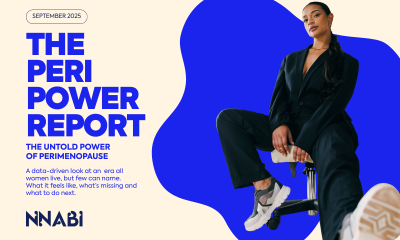
 Menopause3 weeks ago
Menopause3 weeks agoNew report exposes perimenopause as biggest blind spot in women’s health




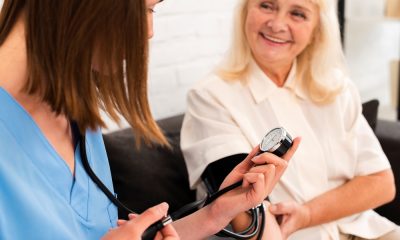

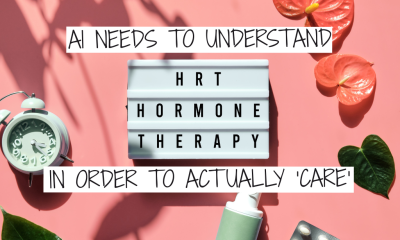

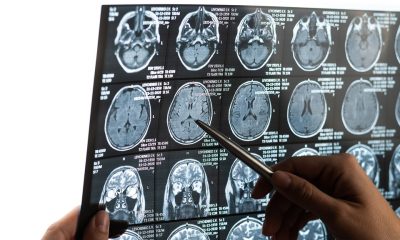

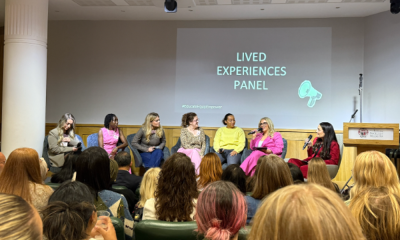




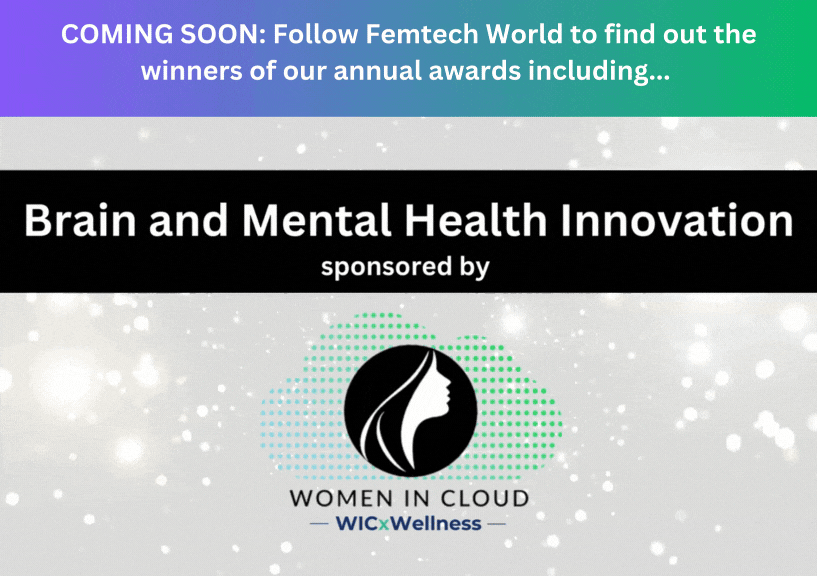











5 Comments